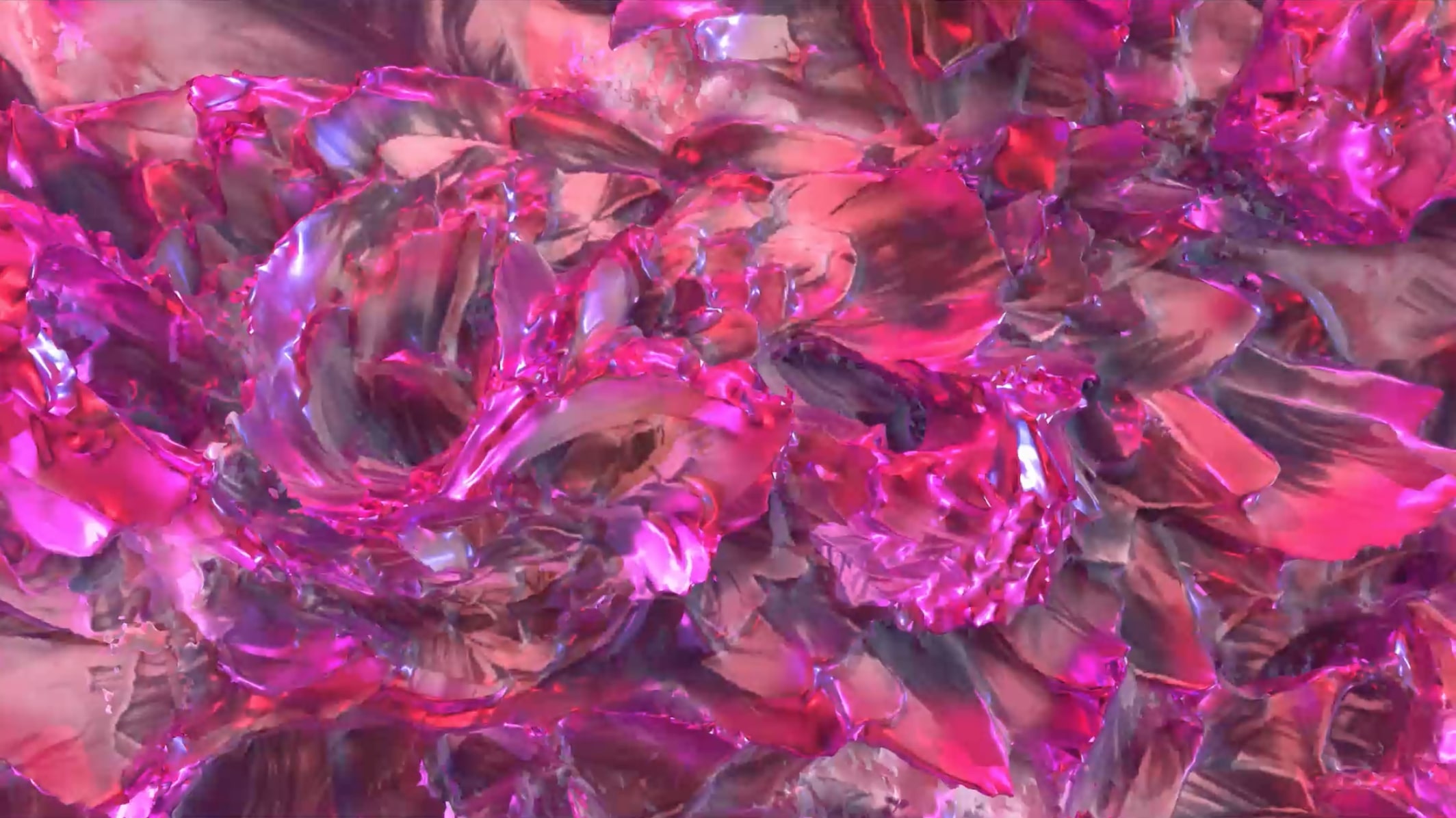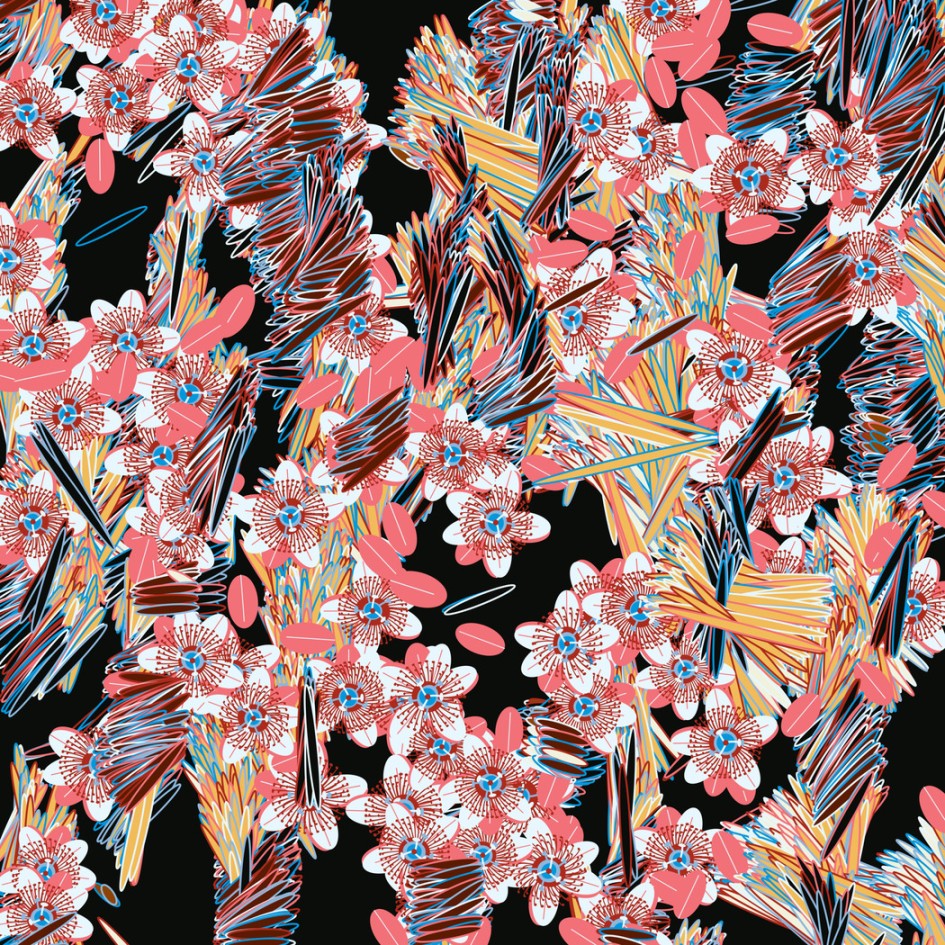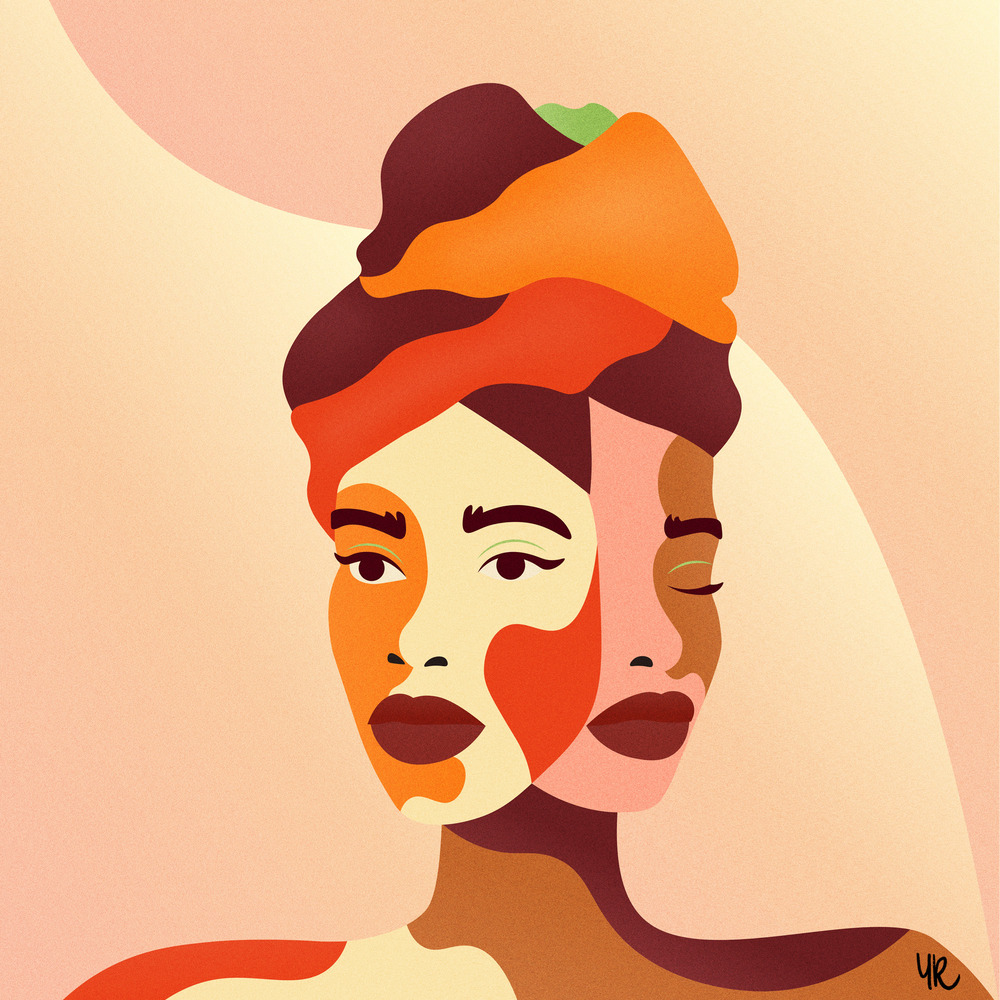0xCollection
Founded by Czech entrepreneur Karel Komárek, the Basel-based collection has an explicit focus on digital and new media art.

The collection of the Los Angeles County Museum of Art stretches all the way back to antiquity—but since its founding in 1961 it has become a hub for artists working with new technologies. And now it has emerged as one of the most serious institutional players in the realm of NFTs and blockchains. Having attracted individual gifts by the likes of John Gerrard and the estate of Lee Mullican, last year the museum partnered with Paris Hilton to set up a dedicated fund for acquiring digital works (NFTs included) by women artists. Then, earlier this year, came the announcement that the anonymous collector known as Cozomo de’ Medici was donating twenty-two blockchain-based works by sixteen international artists to the LACMA collection. How exactly did these acquisitions come about, and what are the plans for looking after and displaying the works? Dhyandra Lawson, assistant curator of contemporary art at LACMA, spoke to Outland about establishing the museum’s already impressive NFT collection—and the importance of balancing speed and care when responding to the latest developments in art and technology.
Compared to other encyclopedic museums, LACMA is a young institution. The Met opened its doors in 1870; we were founded almost a century later. I think this comparative youth gives LACMA a different perspective and an openness to experimentation. Our geographic position in California, where tech and scientific exploration have such prominence—Jet Propulsion Laboratory, Mount Wilson Observatory, California Institute of Technology, not to mention Silicon Valley—has made LACMA responsive to art and technology since the museum’s founding.
Our Art and Technology program was founded in 1967 by the museum’s then-curator of twentieth-century art, Maurice Tuchman. He was interested in what would happen if artists were supported to work with new technologies. He paired 76 artists including Claes Oldenburg, Robert Rauschenberg, and Andy Warhol with 37 companies such as Disney, Hewlett-Packard and Universal Film Studios, who facilitated and funded the artists’ proposals. The project resulted in an exhibition and catalogue, presented at EXPO ’70 in Osaka and at LACMA in 1971.

In the following decades LACMA has supported a number of pioneers working with new media. The first work the museum acquired in this field was Nam June Paik’s Video Flag Z (1986), a seminal installation made up of 84 television sets which emits an image of the American flag. Other new media pioneers represented in our collection include Joan Jonas, Vera Molnar, Mariko Mori, Michael Noll, Diana Thater, and Stan Van Der Beek and an emergent generation of innovators including Sarah Rosalena Brady, Petra Cortright, Cao Fei, Cayetano Ferrer, Victoria Fu, John Gerrard and Jennifer Steinkamp. LACMA’s exhibition program also reflects its commitment to art and technology. “Coded: Art Enters the Computer Age, 1952–1982” is currently on view, through July 2.
For the past few years, I’ve been working on establishing a collection of artworks that are minted on blockchains. As a curator, you have to pay attention to what artists are doing—and who could ignore the boom of the last few years? I began doing studio visits, introducing myself to artists, asking them what they were working on and why. There was such a range. Some artists had been working with technology for a long time, and simply saw blockchain as an evolution or a new tool. Others had never called themselves artists before the emergence of NFTs: they might have experimented and made work on the side, but many had regular corporate day jobs working as graphic designers or programmers. NFTs enabled them to finally support themselves from their art practice.
LACMA received some very generous gifts from artists. John Gerrard gave us our first NFT, Western Flag (NFT) (2021), a gorgeous piece showing a flag made from black smoke. We also received a gift from the Lee Mullican estate. Most people know him as a painter but in the 1980s he created a series of computer drawings at UCLA, which at the time could only be printed on paper. Now, through NFTs, his estate has been able to create a digital output for this work. Matt Hall and John Watkinson gave us a CryptoPunk.
At the same time, we wanted to do something to bring attention to innovation by female artists. Both in traditional art and NFT markets, women’s intellectual and creative labor isn’t valued monetarily the same as men. While LACMA’s Art and Technology program now represents a diverse range of practice and artists, nearly all the artists who participated in the initiative led by Tuchman were men. I worked with my colleague Celia Yang to establish an acquisition fund for collecting digital art, from before the advent of the internet to the present, by women artists. The fund is supported by Paris Hilton. Through it, we’ve added works to our collection such as Nancy Baker Cahill’s Petit Mort (2022), a graphite drawing that Cahill manipulated in Cinema 4D, layered with a booming soundtrack, and minted. This year, LACMA also partnered with Cactoid Labs, an experimental curatorial and blockchain consultancy, on a project that invites digital artists to make work inspired by the museum’s collection.

Having seen all this work the museum was doing with technology, the collector Cozomo de’ Medici thought we would be a natural repository for a significant gift of blockchain artworks. Both a gift and a promised gift in structure, their donation includes twenty-two artworks by thirteen artists from all over the world. We worked together with Cozomo to decide what would make sense for our collection, so we could fill in the gaps and complement our existing holdings. Artists added to the collection thanks to the donation include Yam Karkai, who founded World of Women, and Monica Rizzoli.
It’s important for us to include a range of the work being made with this new technology. PFPs and avatars, for instance, have their own kind of currency. What’s really exciting about blockchain is the opportunity to challenge not just traditional media but also traditional hierarchies and models of artistic achievement. Having a more diverse collection also gives us more flexibility in terms of the presentations that these works could appear in. You could show certain projects alongside works from our collection of graphic design, or photography, or conceptual art. There have been all kinds of considerations that come with establishing a collection of blockchain-based art. Some of the questions around media obsolescence were familiar from working with video art, for example. But blockchains are so new. Ethereum has been around for nearly ten years, but will it be around for fifty or one hundred years? The curatorial team collaborates closely with many experts at the museum—registrars, media specialists, general counsel—to develop new protocols. We’ve also been interviewing all the artists about their exhibition and preservation preferences. I’m proud of how we’ve managed to respond in a manner that is both timely and thoughtful.
—As told to Gabrielle Schwarz.
